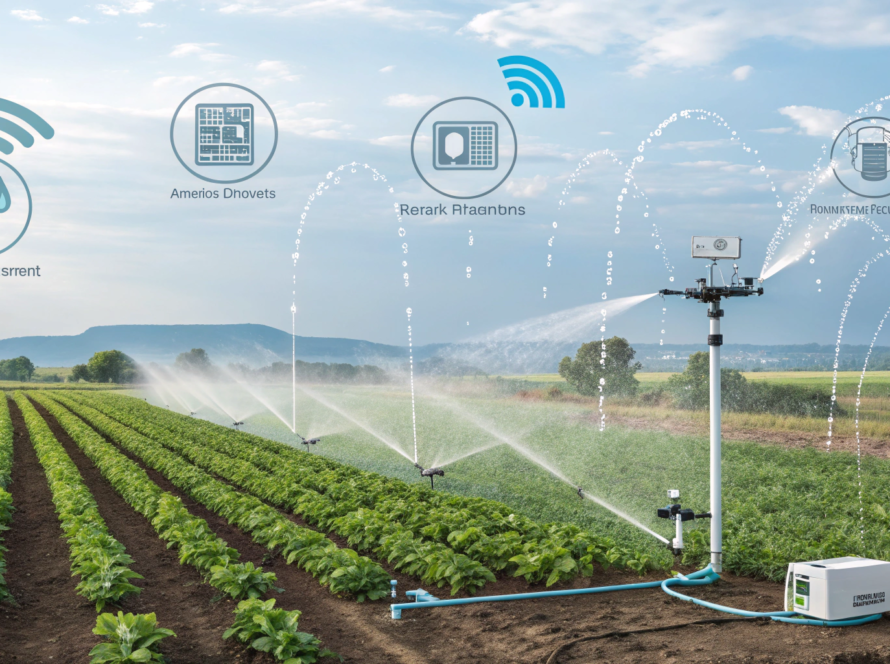Water has always been the lifeline of civilizations, economies, and food security. In Pakistan, where agriculture is the backbone of livelihoods, the importance of managing every drop of water cannot be overstated. Yet, in recent decades, the challenges of water scarcity, climate change, inefficient irrigation, and population growth have exposed the limits of our current water use practices. This is where the concept of water productivity emerges—not just as a technical measure, but as a critical indicator of how well we manage our water resources.
What is Water Productivity?
At its simplest, water productivity is the measure of how much value we derive from each unit of water used. In agriculture, it is often expressed as the “crop per drop” concept—how many kilograms of wheat, rice, or cotton are produced per cubic meter of water. But water productivity extends beyond just crops. It also reflects the economic and social returns of water use—how much income, nutrition, or well-being is generated per unit of water.
In this way, water productivity becomes a powerful indicator: it tells us whether our scarce water is being used efficiently, equitably, and sustainably.
Why Pakistan’s Water Productivity is Low
Despite having the world’s largest contiguous irrigation system, Pakistan struggles with poor water productivity. Some key reasons include:
- Over-reliance on flood irrigation, where more than 50% of water is lost before reaching roots.
- Poor crop choices—such as cultivating water-intensive crops (rice, sugarcane) in arid and semi-arid zones.
- Groundwater over-extraction without recharge, leading to declining water tables.
- Weak governance and pricing policies, where water is often treated as a free or underpriced resource.
- Climate variability that disrupts canal water availability.
For example, studies show that Pakistan’s water productivity for wheat is around 0.5 kg/m³, while countries like China achieve 1.2–1.5 kg/m³. This gap highlights how much potential lies untapped.
Improving Water Productivity: Practical Pathways
Enhancing water productivity requires a mix of field-level innovations, institutional reforms, and policy direction. Some promising solutions include:
- Efficient Irrigation Methods
- Promoting drip and sprinkler systems to minimize wastage.
- Encouraging laser land leveling to ensure uniform distribution of water.
- Smart Crop Planning
- Shifting from high-water consuming crops to drought-tolerant and high-value crops.
- Integrating crop-water suitability zoning into national agricultural planning.
- Harnessing Technology
- Using remote sensing, GIS, and IoT-based soil moisture sensors for real-time water use optimization.
- Employing decision support systems for farmers to guide irrigation scheduling.
- Economic and Policy Reforms
- Introducing rational water pricing to discourage overuse.
- Incentivizing farmers for adopting water-efficient technologies.
- Strengthening groundwater regulation and promoting artificial recharge.
- Capacity Building and Awareness
- Training farmers on the concept of “more crop per drop.”
- Including water productivity indicators in agricultural curricula and extension services.
Water Productivity as a Management Indicator
Beyond the farm, water productivity serves as a national-level management indicator:
- It allows us to compare the performance of regions, crops, and irrigation systems.
- It signals whether policies are aligned with sustainable water use.
- It supports Pakistan in meeting global goals, particularly SDG 6 (Clean Water & Sanitation) and SDG 2 (Zero Hunger).
When policymakers use water productivity as a yardstick, they can prioritize investments where returns per unit of water are highest, ensuring that limited resources serve the maximum benefit for food security and economic stability.
The Way Forward
In the 21st century, the success of water management will not be judged by the size of our canals or the depth of our tubewells, but by how much value we generate from each drop. Water productivity provides that lens. It bridges the gap between farmers seeking higher yields, researchers looking for innovation, and policymakers striving for sustainability.
If Pakistan aspires to secure its future in food and water, it must embrace water productivity not as a slogan, but as a core indicator of national water resources management. Only then can we turn scarcity into opportunity, and challenges into pathways for resilience.



